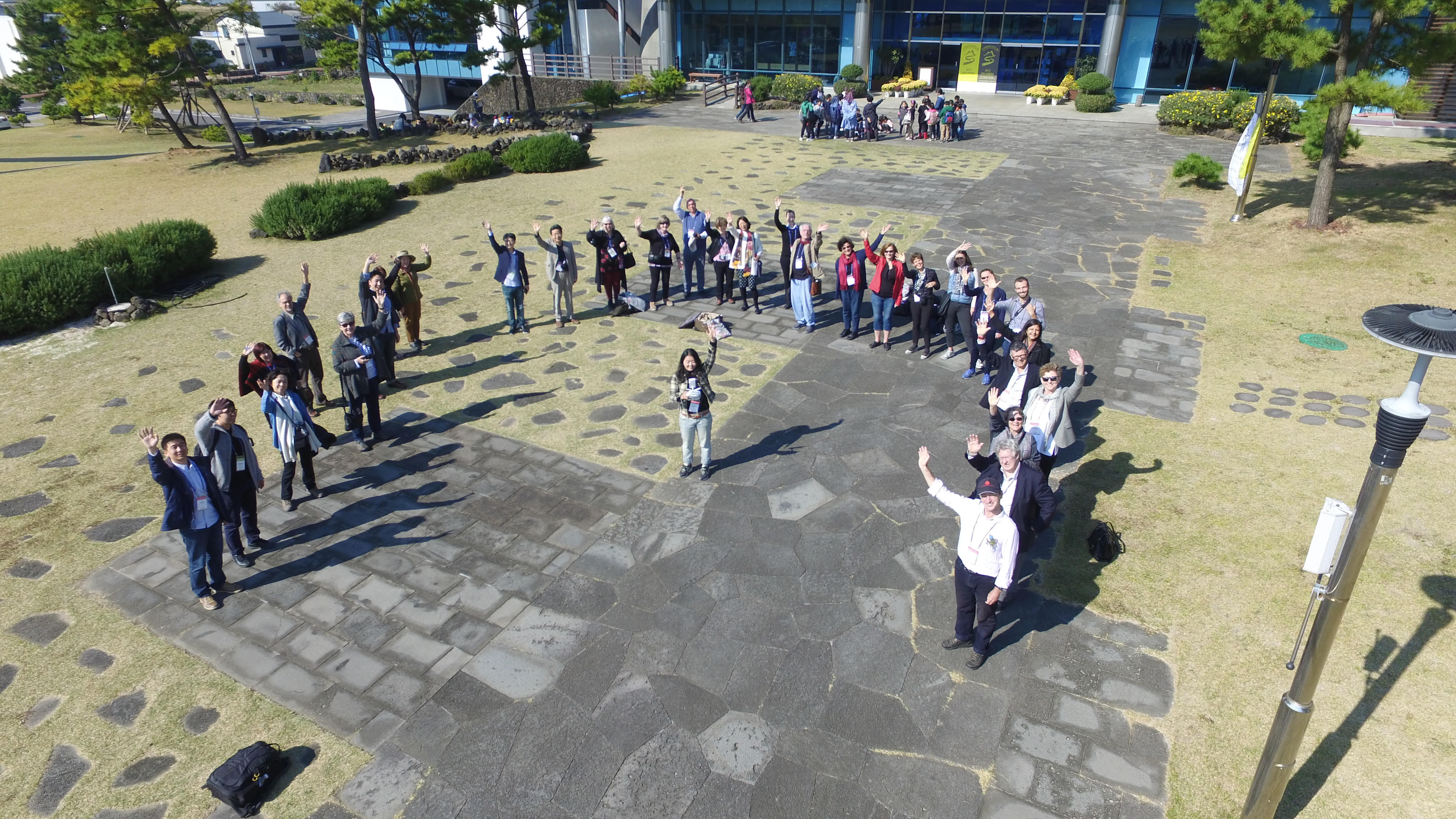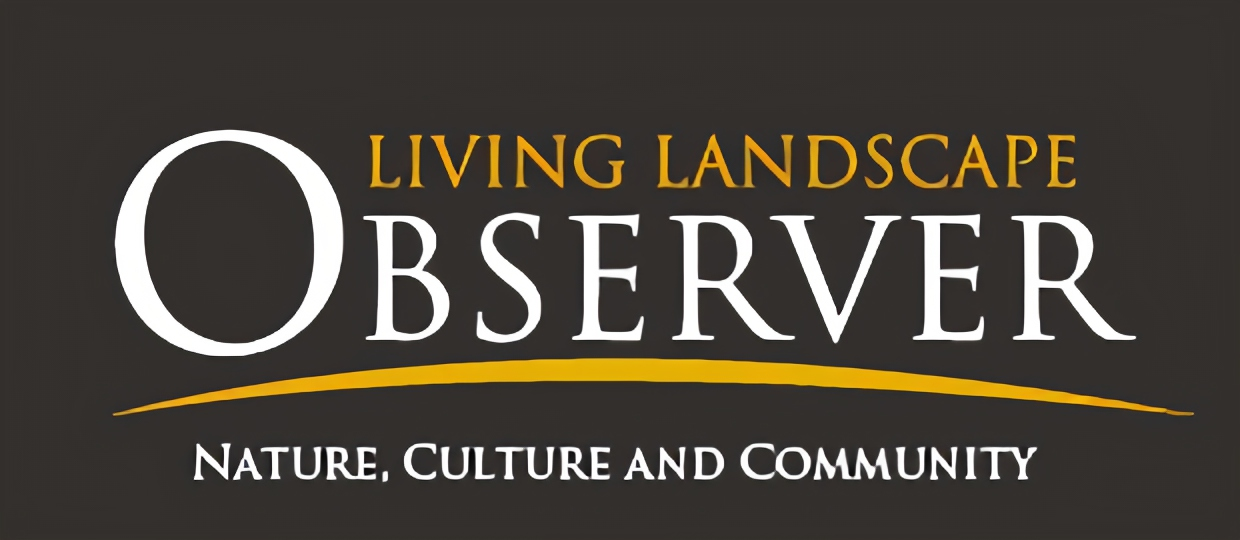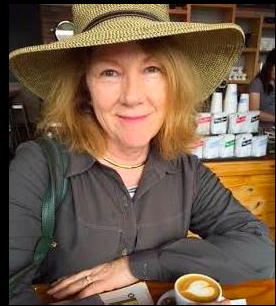To provide observations and information on the emerging fields of landscape scale conservation, heritage preservation, and sustainable community development.
Newsletter
Stay up-to-date with the latest nature, culture and community news.
We won’t spam you or share your information. Newsletters are sent approximately 10 times a year. Unsubscribe at any time.

The 2016 Federal Budget: How did Large Landscapes Fare?
After months of uncertainty, weeks of negotiations and two short-term extensions to keep the government open, Congress passed and the President signed the 2009 page omnibus spending Bill, titled the Consolidated Appropriations Act of 2016. How did federal initiatives that support landscape scale work and fund our natural and cultural conservation program fare?

Jeju Island Korea Hosts International Experts on Cultural Landscapes
Jeju Island Korea offers a remarkable landscape of scenic beauty, rich heritage and future opportunities. It was the setting for the November 2015 Annual Meeting of the ICOMOS-IFLA International Scientific Committee on Cultural Landscapes (ISCCL). A meeting at which the conversation centered around the aesthetics of landscapes, connecting the practice of nature and cultural conservation, and an initiative to advance the understanding and conservation of world rural landscapes .

Mitigation: Now thinking on a Landscape Scale
In the world of both nature conservation and historic preservation mitigation has become a hot concept. How can partners work on a landscape scale to address issues of documentation, setting priorities, and incorporating cultural resources into what has been traditionally a more site by site nature based strategy?

The National Park Service Brand: Do I have a Franchising Opportunity for You!
Over the last year the George Wright Journal has been running a series of Centennial Essays reflecting varying perspectives on the future of the National Park Service. The most recent piece by Holly Fretwell, a research fellow at the Property and Environment Research Center (PERC) in Bozeman, Montana, offers some new ideas.
Reading: The Science of Open Spaces
My late summer reading list included Charles Curtin’s book The Science of Open Spaces: Theory and Practice for Conserving Large Complex Systems (Island Press 2015). In so many ways this is the book I have been waiting for. As the title promises it tackles working on a landscape scale both on the ground, but also takes a deep scholarly dive into the theories that underpin this work – chaos, complexity and resilience to name just a few.

The 2016 Federal Budget: How did Large Landscapes Fare?
After months of uncertainty, weeks of negotiations and two short-term extensions to keep the government open, Congress passed and the President signed the 2009 page omnibus spending Bill, titled the Consolidated Appropriations Act of 2016. How did federal initiatives that support landscape scale work and fund our natural and cultural conservation program fare?

Jeju Island Korea Hosts International Experts on Cultural Landscapes
Jeju Island Korea offers a remarkable landscape of scenic beauty, rich heritage and future opportunities. It was the setting for the November 2015 Annual Meeting of the ICOMOS-IFLA International Scientific Committee on Cultural Landscapes (ISCCL). A meeting at which the conversation centered around the aesthetics of landscapes, connecting the practice of nature and cultural conservation, and an initiative to advance the understanding and conservation of world rural landscapes .

Mitigation: Now thinking on a Landscape Scale
In the world of both nature conservation and historic preservation mitigation has become a hot concept. How can partners work on a landscape scale to address issues of documentation, setting priorities, and incorporating cultural resources into what has been traditionally a more site by site nature based strategy?

The National Park Service Brand: Do I have a Franchising Opportunity for You!
Over the last year the George Wright Journal has been running a series of Centennial Essays reflecting varying perspectives on the future of the National Park Service. The most recent piece by Holly Fretwell, a research fellow at the Property and Environment Research Center (PERC) in Bozeman, Montana, offers some new ideas.
Reading: The Science of Open Spaces
My late summer reading list included Charles Curtin’s book The Science of Open Spaces: Theory and Practice for Conserving Large Complex Systems (Island Press 2015). In so many ways this is the book I have been waiting for. As the title promises it tackles working on a landscape scale both on the ground, but also takes a deep scholarly dive into the theories that underpin this work – chaos, complexity and resilience to name just a few.


